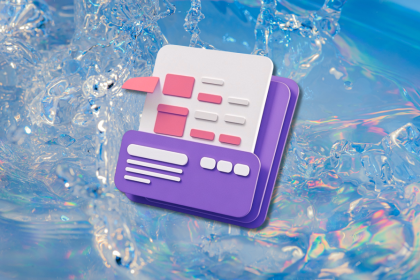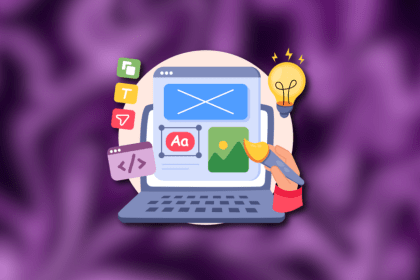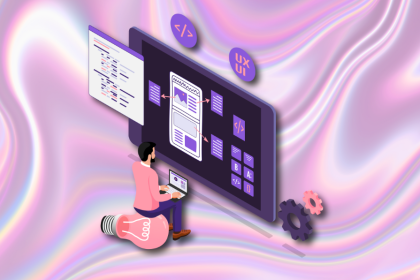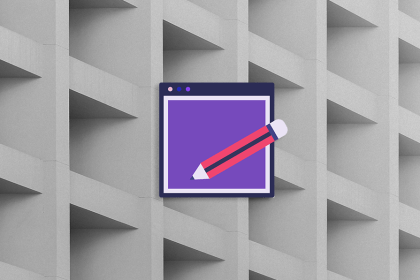
Small actions can have large consequences in complex systems. Here’s how UX designers can manage dependencies so users feel informed and in control rather than blocked or blindsided.

This article examines when hero sections are necessary in digital products, when they create friction, and how to evaluate them using UX goals, primary actions, user flow impact, and real-world alternatives.

AI speeds up tasks like research synthesis, ideation, and first-draft wireframes, but it can’t replace clarity, taste, or decision-making. Here’s a grounded look at what AI actually does well in UX right now.

Discover how to craft UX-friendly hero sections with examples, design tips, and strategies that drive engagement and conversion.
2 Replies to "Which icons to NOT use in 2025"
Icon updates are so important for modern design, but I wonder if introducing too many changes at once could confuse certain user groups.
Great article! I completely agree that icons need to stay relevant. The floppy disk example is spot on – younger generations have no clue what it is! Moving towards more abstract and universally understood symbols is crucial for good UX. What about the phone icon? Will that need a revamp soon too?